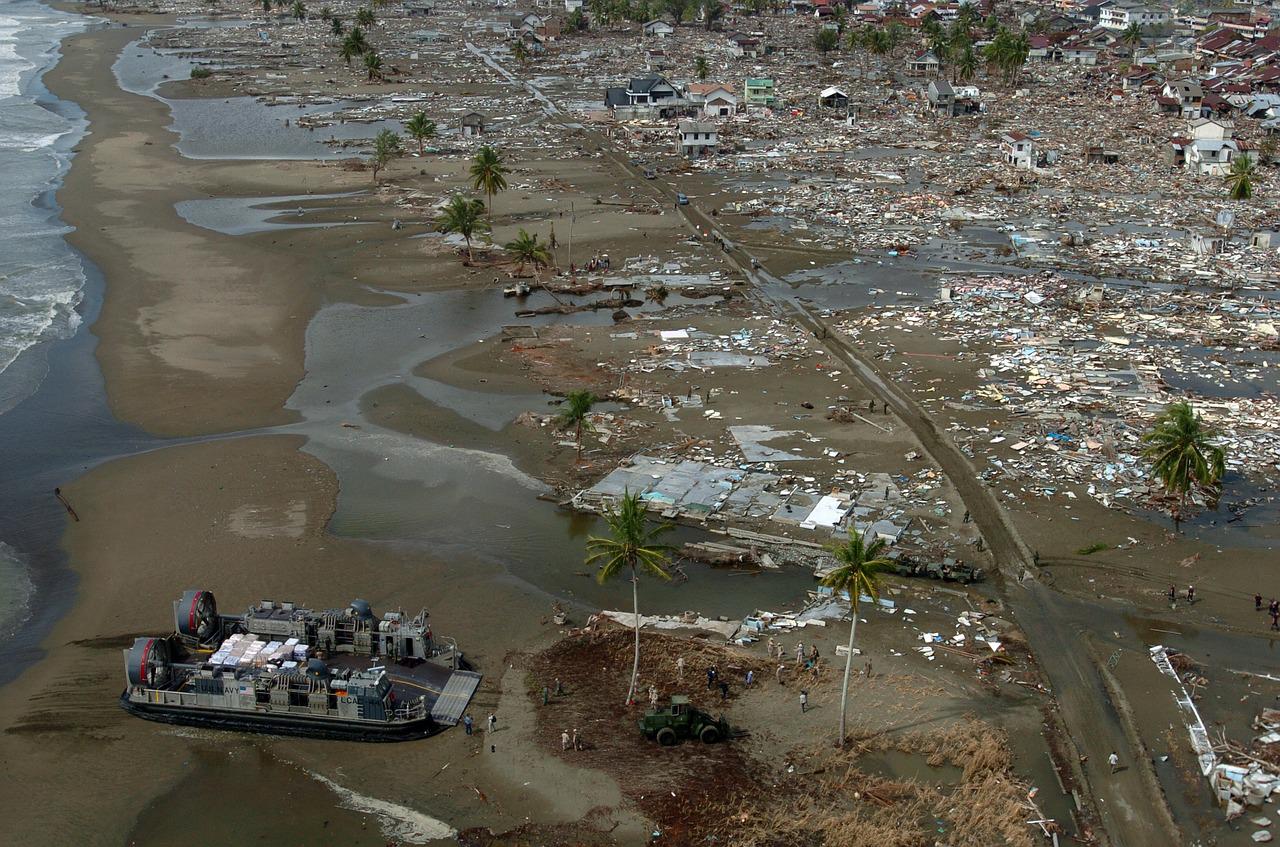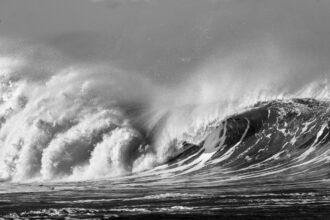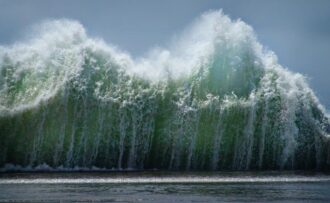The 1707 tsunami
The Hoei years earthquake, the greatest earthquake in Japanese history, occurred on October 28, 1707. The 8.6 magnitude earthquake and resulting tsunami killed more than 30,000 people. Areas of southwestern Honshu, Shikoku, and southeastern Kyushu were affected. The earthquake triggered the eruption of the Fuji volcano 49 days later.
Four years earlier, on December 31, 1703, a Genroku earthquake struck the high seas southeast of the Boso Peninsula, causing a tsunami. Four times the gigantic waves of water attacked the coast, penetrating deep into the land. Residents of the Edo (present-day Tokyo) districts of Sagami, Oshima, Musashi, and Katsusa were particularly affected. About 10,000 residents lost their lives.
Tsunami of 1896
The earthquake and subsequent tsunami on the night of June 15, 1896, was the most devastating in Japanese history, killing over 27,000 people. The 30-meter-high waves caused by the earthquake devastated the east coast of Japan. A total of 19,617 homes were washed out to sea. The epicenter of the earthquake was near the west coast of Japan in the Pacific Ocean.
A 23-meter-high tsunami wave, the Sankriku, of enormous destructive power struck people gathered on the coast on a religious holiday.
When the locals felt the first tremors, they took shelter in the mountains, but returned to shore a half hour later. They saw that the sea had moved much farther from the shore than at normal low tide. Soon they heard hissing and whistling, which turned into rumbling, and the ocean hit the 800 km long shore with several waves up to 35 m high. Entire villages disappeared from the face of the earth. Practically all along the coast, coastal villages and towns ceased to exist. By the way, the fishermen who were in the ocean at that time did not notice the tsunami because of the low height of the waves.
Tsunami of 1923
A 7.9 Richter-scale earthquake struck Sagami Bay on September 1, 1923. The main blow of the elements struck the eastern part of Japan. The cities of Tokyo and Yokohama were almost completely destroyed. The earthquake was accompanied by tsunami with wave height more than 10 meters.
A total of about 99,300 people became victims of the earthquake, landslides and tsunami, and 43,500 people were missing. In 1960, the Japanese government declared September 1 as the annual “Disaster Prevention Day.


